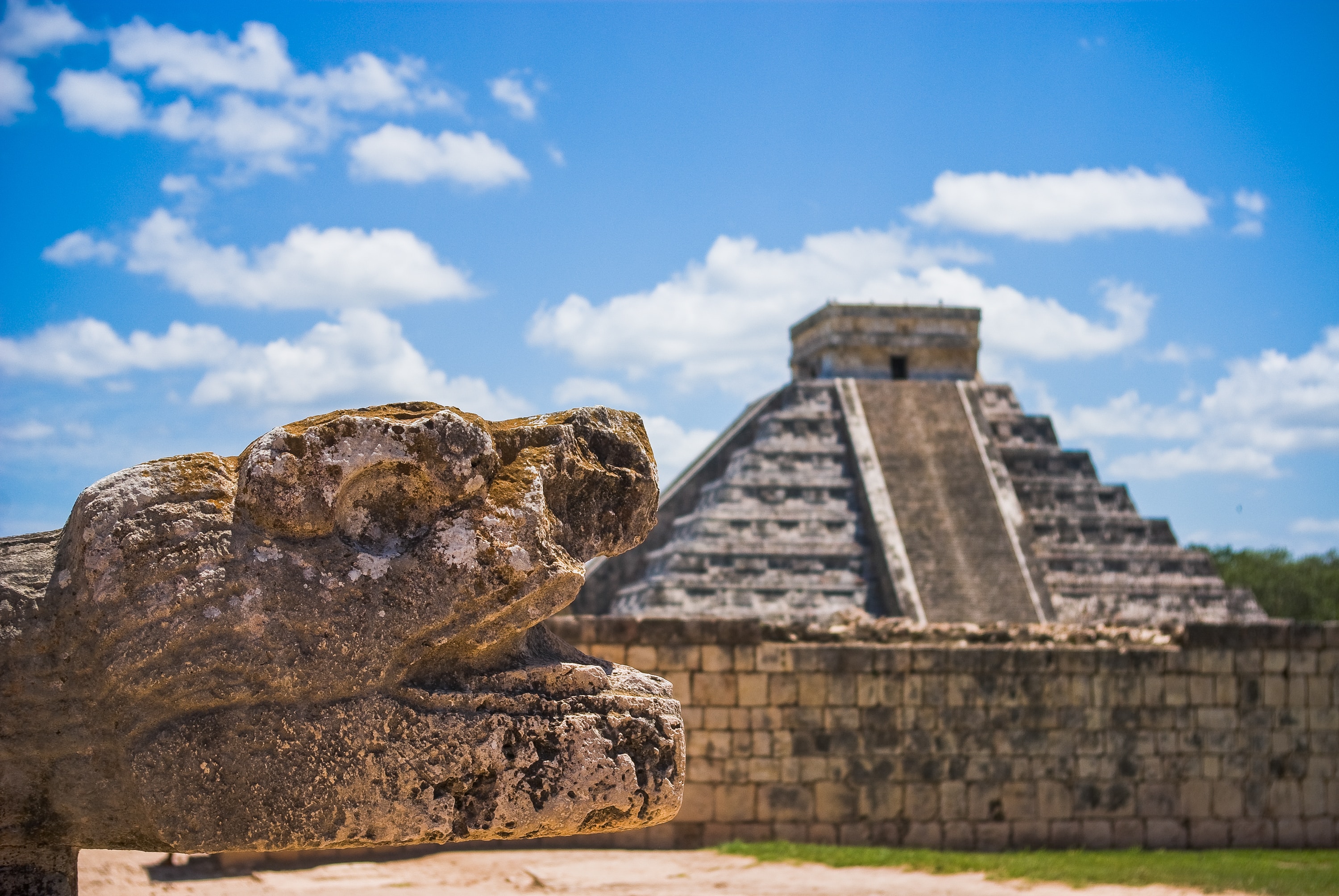
Introduction: Unlocking the Secrets of the Mayan World
The ancient Mayan civilization, once a vibrant and advanced society, is now shrouded in mystery. From their awe-inspiring architectural feats to their detailed knowledge of astronomy, the Mayans continue to captivate modern civilization. Join us as we delve into this fascinating world, unveiling the secrets and discoveries that still astonish researchers today.
A Glimpse into Mayan Society and Culture
The Mayans flourished in several areas of present-day Mexico, Guatemala, Belize, and Honduras from around 250 to 900 CE. With awe-inspiring advancements across various fields – from astronomy and mathematics to art – the Mayans built a complex society using a hieroglyphic writing system. Mayans worshiped countless deities, participated in sports, and even created a sophisticated calendar system that still astounds us today.
Mayan Religion and Mythology
Religion played a central role in Mayan society, as they believed in numerous gods and supernatural beings, linking their lives with the forces of nature. Key deities included Itzamna, the god of creation, and Chaac, the rain god. Rituals and ceremonies were performed regularly to ensure favorable outcomes, such as abundant harvests, fertility, and protection from disasters. Apart from the gods, Mayan mythology also featured a rich collection of stories about the creation of the universe, the hero twins Hunahpu and Xbalanque, and the sacred ball game.
The Modern Quest for Understanding
Today, researchers continue to explore the enigmatic world of the ancient Mayans, seeking to further understand their sophisticated society and the reasons behind their decline. Archaeological excavations, linguistic research, and scientific advancements are all shedding new light on this lost civilization. While the study of the Mayans remains an exciting and ongoing pursuit, explorations into other fascinating historical realms also capture our attention. For instance, the mysterious Tartaria also offers intriguing insights and knowledge waiting to be discovered. While some questions remain unanswered, the ongoing pursuit of knowledge keeps the spirit of the ancient Mayans alive and ensures their legacy endures.
Art and Craftsmanship: Pioneers of Creativity
Mayan artists were exceptional at painting, sculpture, and pottery. They skillfully created magnificent frescoes, stucco reliefs, and intricate ceramics that highlight not only their artistic skills but also their deep connection with the spiritual world. Mayan artwork occasionally depicted daily life or historical events, and they also crafted stunning pieces of jewelry, textiles, and crafts from various materials such as jade, feathers, shells, and obsidian. The ancient Mayans’ artistic creations remain significant examples of their innovation and vision.
Marking Time and Predicting the Future
Among their many achievements, the Mayans developed a highly accurate and complex calendar system that integrated three separate calendars: the Tzolk’in, the Haab, and the Long Count. The Long Count calendar was particularly fascinating as it could measure vast periods, stretching thousands of years into the future and the past. This calendar gave rise to the 2012 phenomenon – the belief that the world would end on December 21, 2012, as the Mayan calendar supposedly concluded its cycle. However, this interpretation was proven to be incorrect, once again showcasing the Mayans’ exceptional grasp of timekeeping.
Mayan Astronomy and Mathematics
Mayans were keen observers of the skies, attributing deep meaning to the celestial bodies. Their advanced knowledge of astronomy enabled them to predict astronomical phenomena like the phases of the Moon, solar eclipses, and even the planet Venus’s movements. The basis of their astronomical calculations lay in their mathematical system, which operated on a base-20 (vigesimal) numeral system. Interestingly, the Mayans were one of the few civilizations in the world to independently develop the concept of zero.
Pythonic Engineering: Remarkable Mayan Architecture
From towering pyramids to intricate palaces, Mayan architectural feats continue to astound researchers and visitors alike. Talented engineers and skilled craftspeople worked in harmony to bring these grand structures to life. Many Mayan buildings were constructed using stone-block techniques and featured internal reinforcement systems. Iconic examples of Mayan architecture include the Pyramid of Kukulkan at Chichen Itza and the Temple of Inscriptions at Palenque.
Theories behind the Mayan Decline
One of the most persistent mysteries surrounding the Mayans is the reason for their sudden decline. Multiple theories have been put forth, with some suggesting climate change and agricultural failure leading to prolonged droughts and famine, and others considering overpopulation, resource depletion, and political instability as crucial factors. Warfare and the arrival of the Spaniards, introducing diseases previously unknown to the Mayans, are also believed to have played a role in the civilization’s downfall.
The Mysterious Mayan Hieroglyphic Script
Mayans were one of the most literate cultures of their time, using a complex hieroglyphic writing system that enabled them to record their history, knowledge, and beliefs. The script consisted of roughly 800 glyphs, incorporating both phonetic signs and logograms. The decipherment of the script was slow and challenging, but in the 20th century, great advancements were made, thanks to the work of scholars like Yuri Knorosov, Tatiana Proskouriakoff, and Michael Coe. Today, over 90% of the hieroglyphs can be read, showing the elaborate literary achievements of the ancient Mayans.
Conclusion: A Lasting Enchantment
The ancient Mayan world stands as a testament to the incredible achievements and capabilities of human civilization. As we unravel their mysteries piece by piece, we continue to be entranced by their advanced culture and knowledge. The mystique of the Mayans – their stunning architectural feats, complex written language, and celestial wisdom – will forever captivate our imaginations, urging us to pursue discovery and exploration in our own world.
